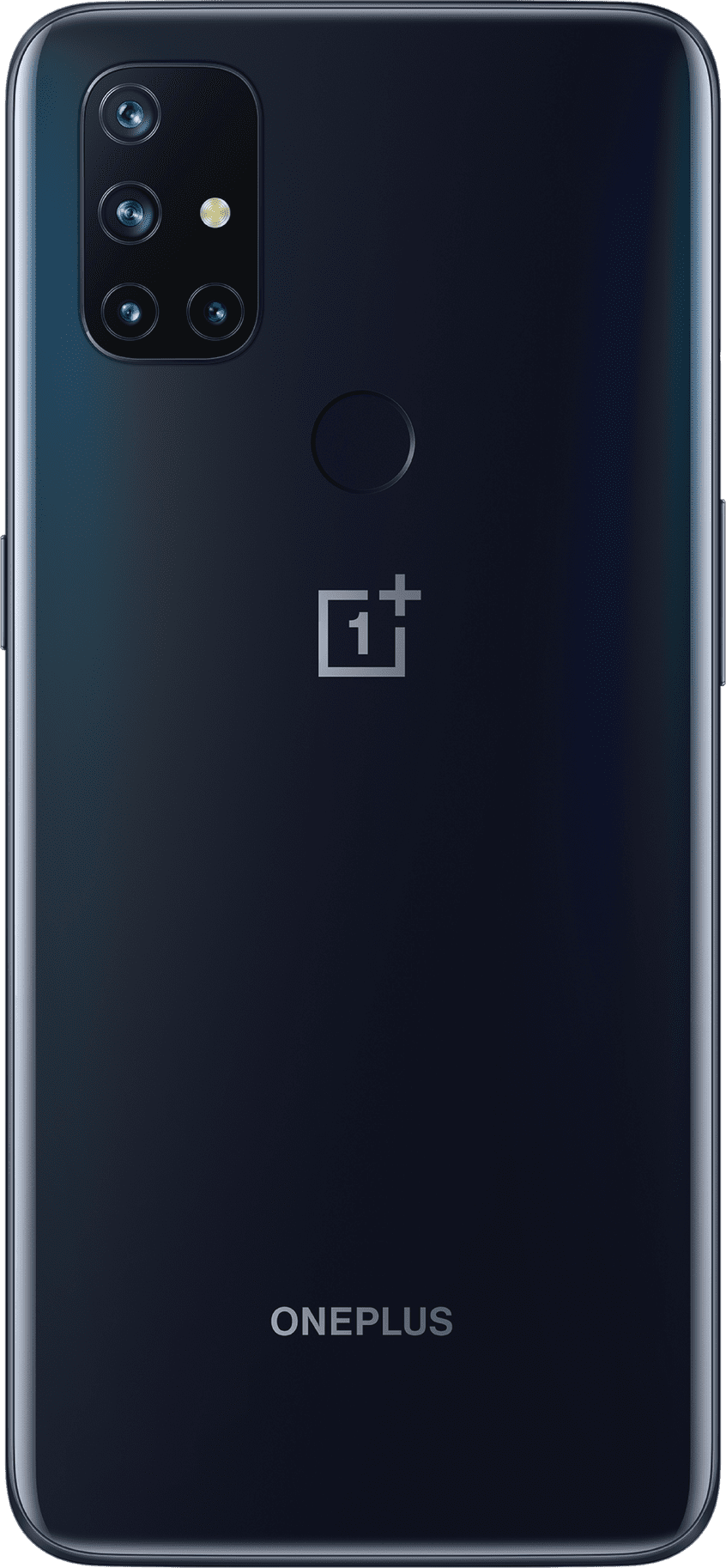Samsung Galaxy Note20 Ultra 5G 128GB in Mystic Bronze (Unlocked)(SM-N986UZNAXAA)
The Galaxy Note20 Ultra 5G gives you the power to work.
The Galaxy Note20 Ultra 5G is the phone for business that works seamlessly with popular business tools, and let’s you work however is best for you. A powerful battery with Super Fast Charging saves time and lasts all day. The S Pen is the most natural way to capture your thoughts and now gives new ways to present your ideas. And you can keep your business data and personal data protected thanks to a Secure Processor and the Samsung Knox security platform.
- Reponsive S Pen that feels like you’re using a real pen and lets you save notes across your Galaxy devices while on the go
- Seamless integration with Microsoft makes your work accessible across devices, from your PC to your phone
- Transform working from home by turning your TV into your monitor wirelessly with Samsung DeX
- 5G support to take advantage of the latest advancements in mobile networks
Additional information
| Dimension (HxWxD ,mm) | 164.8 x 77.2 x 8.1 |
|---|---|
| Weight (g) | 208 |
| Gear Manager | Galaxy Buds Live,Galaxy Buds+,Galaxy Buds,Galaxy Fit e,Galaxy Fit,Galaxy Watch3,Galaxy Watch,Galaxy Watch Active2,Galaxy Watch Active,Gear Fit2 Pro,Gear Fit2,Gear Sport,Gear S3,Gear S2,Gear IconX,Gear IconX (2018) |





Reviews
There are no reviews yet.